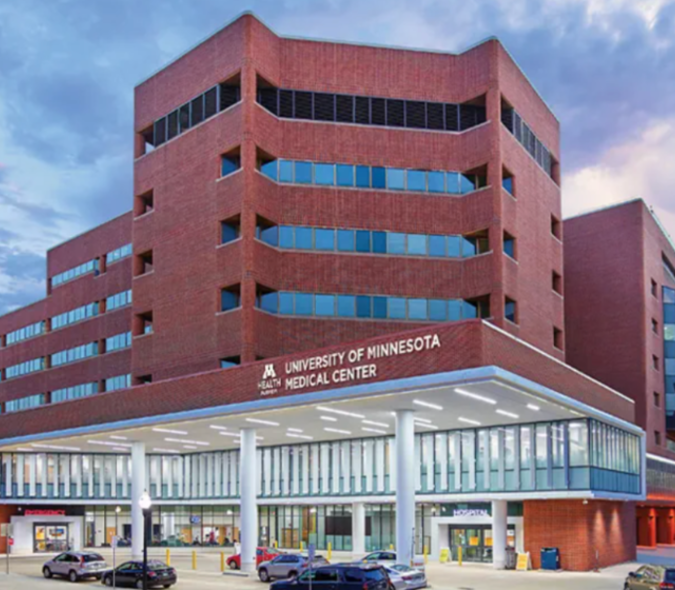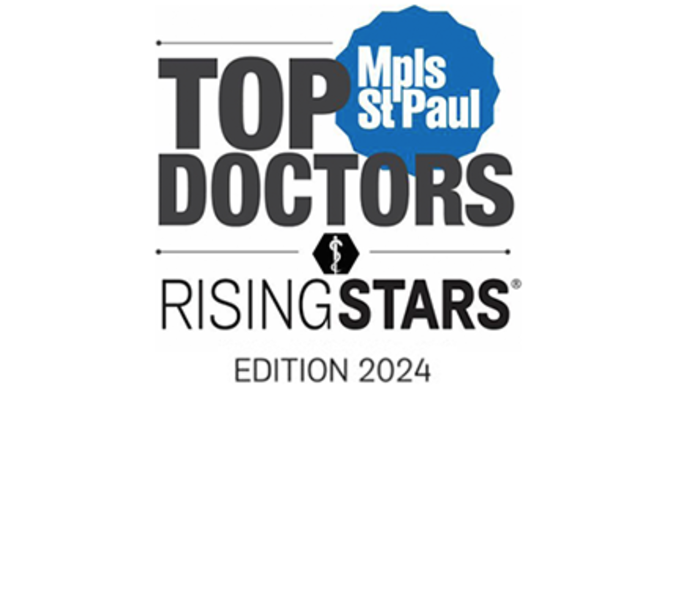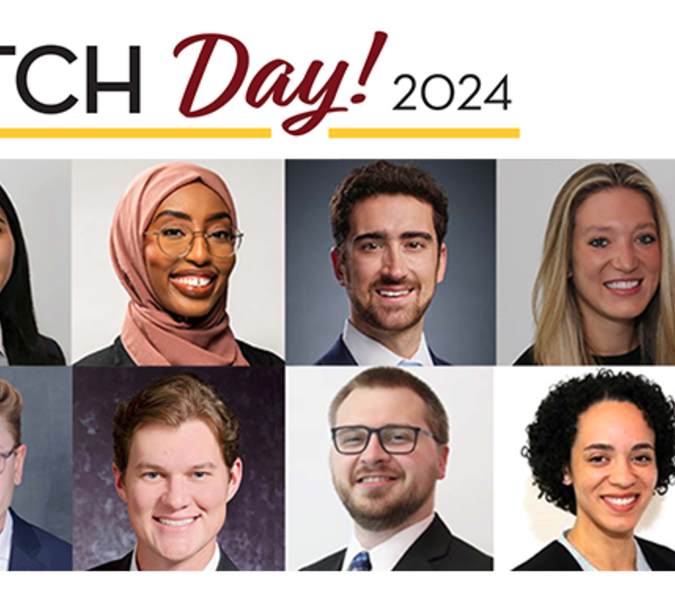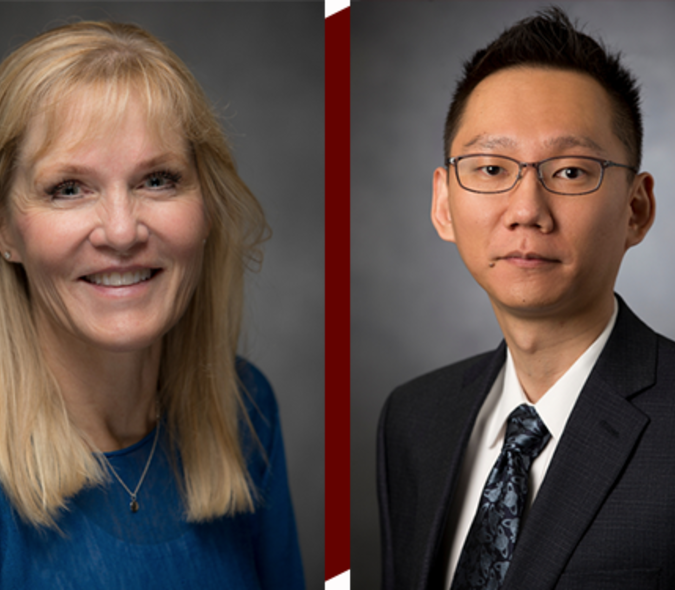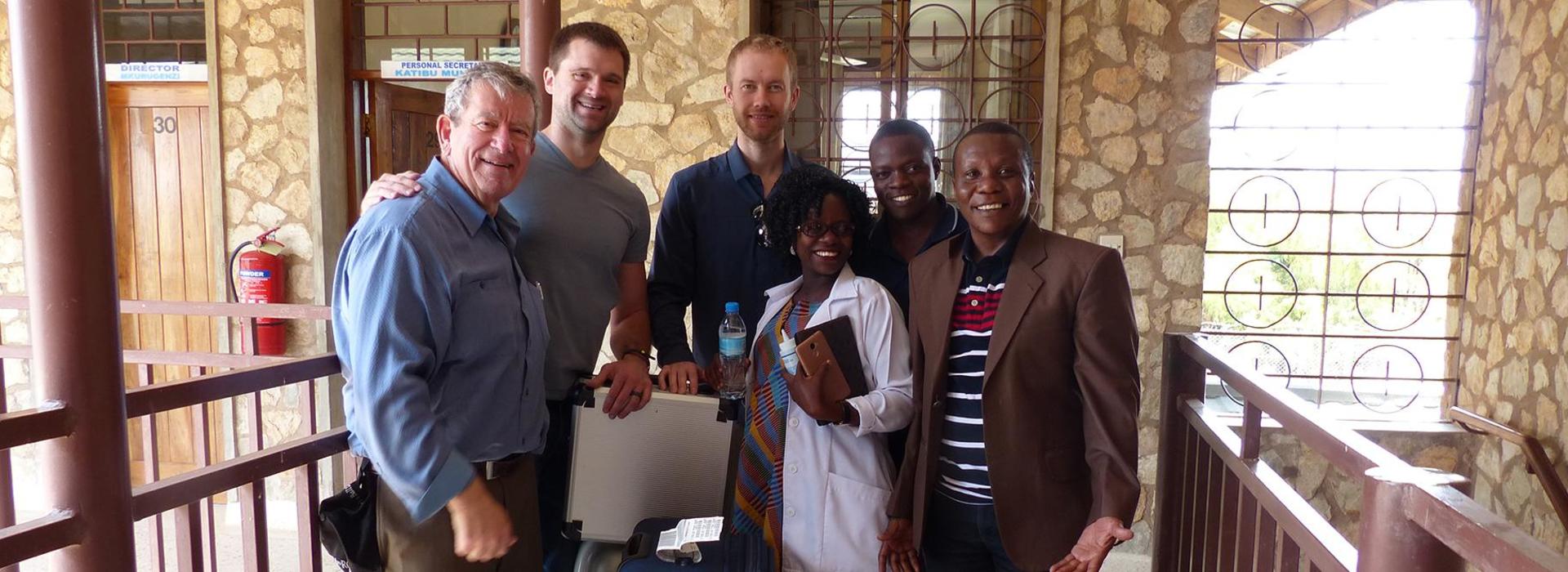
UMN Radiology Celebrates Long History of Advancing Medicine in Tanzania
“In the 25 years I’ve been going to Tanzania, I’ve seen the average life expectancy go from 46 to 71,” says Dr. Michael Nelson, University of Minnesota Radiologist, “It started off as a remote volunteer effort. Therewere no resources, no money. Now, there is better employment, insurance, modern equipment and a cancer center. It’s fascinating to see the changes.”
These changes didn’t just happen. They required leadership and vision from the beginning. At the start of this decades-long healthcare transformation was former resident and University of Minnesota Medical School faculty member Helmut Diefenthal, MD. Dr. Diefenthal recognized a need to expand and improve radiological services in Tanzania. His goal was to expand radiological services at Kilimanjaro Christian Medical Center (KCMC) as well as in remote parts of the country and to train radiologists and radiology assistants to serve those communities. With that vision, he founded the East Africa Medical Assistance Foundation (EAMAF).
Dr. Nelson was a student of Dr. Diefenthal’s and inspired by his commitment to world health, volunteered to be one of the first to travel to Tanzania through EAMAF in 1989. During that first visit, Dr. Nelson served as a board examiner, and since then, he has served on EAMAF’s board and traveled to Tanzania 32 times to volunteer at KCMC in various capacities, helping to build the program to what it is today.
“We were training people to make diagnoses while providing the necessary tools. During one of my first trips, I helped install the first mammography unit in East Africa,” said Dr. Nelson, “However, there were limited treatment options for cancer once it was diagnosed.”
With the radiology diagnostic infrastructure information for the 18 million Tanzanians whose main referral hospital was KCMC, treatment was the next challenge. In order to address that need, the Foundation for Cancer Care in Tanzania (FCCT) was formed to expand treatment options by working closely with EAMAF. FCCT raised money to build a cancer treatment center in Tanzania that now sees 75-90 patients per day and provides chemotherapy.
“Outcomes have changed,” said Dr. Nelson, “For example, FCCT has protocols, drugs and pathology to treat children with Burkitt’s Lymphoma. If you get the diagnosis correct and treat it right, you can get a nearly 100% cure. Nine years ago, there was a death rate in that region of 85%. Now, it’s less than 15%."

This foundation of diagnostics and treatment has allowed for more physicians to travel to Tanzania, including residents. The Department of Radiology formed a 6-week elective rotation for residents at the University of Minnesota where they get to experience radiology practices in a developing country.
“I immediately realized that we and other Western countries tend to take good healthcare for granted,” said Dr. Kevin Boegel, who recently completed the 6-week rotation in Tanzania. “The healthcare providers in Tanzania are very smart, yet their limited access and funding for new medicines and therapeutics significantly inhibits their ability to provide optimal care for their patients.”
Dr. Boegel spent time donating and setting up ultrasound units around the country, as well as meeting with hospital personnel to establish connections, determine their needs and develop ideas for fundraising.
“The people I’ve worked with in Tanzania are fantastic. They’re hungry for knowledge and to help people survive,” said Dr. Nelson, “I’m lucky to have had the chance to get involved with EAMAF and FCCT through the University of Minnesota. I can’t wait to see what the next generations are able to accomplish.”
